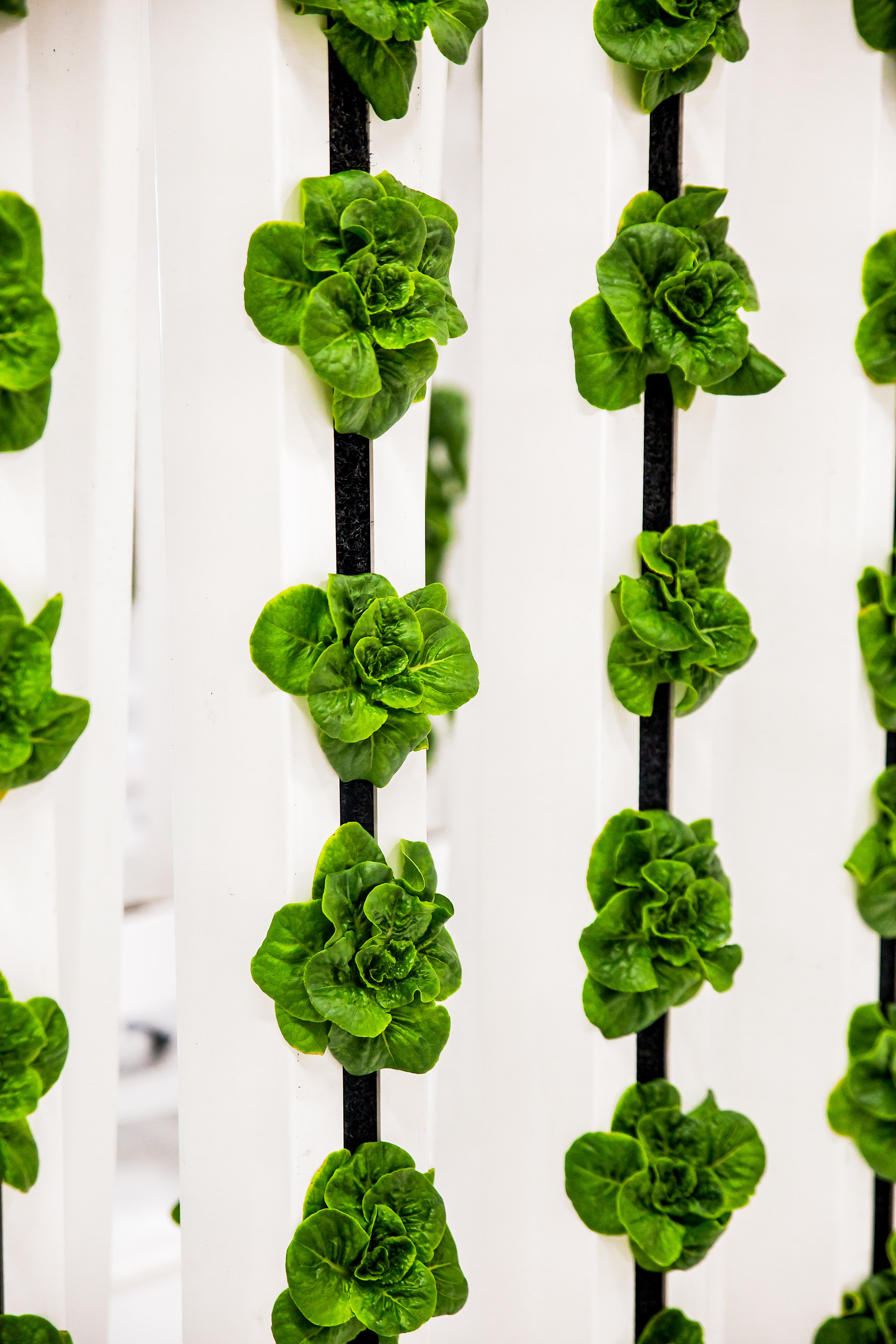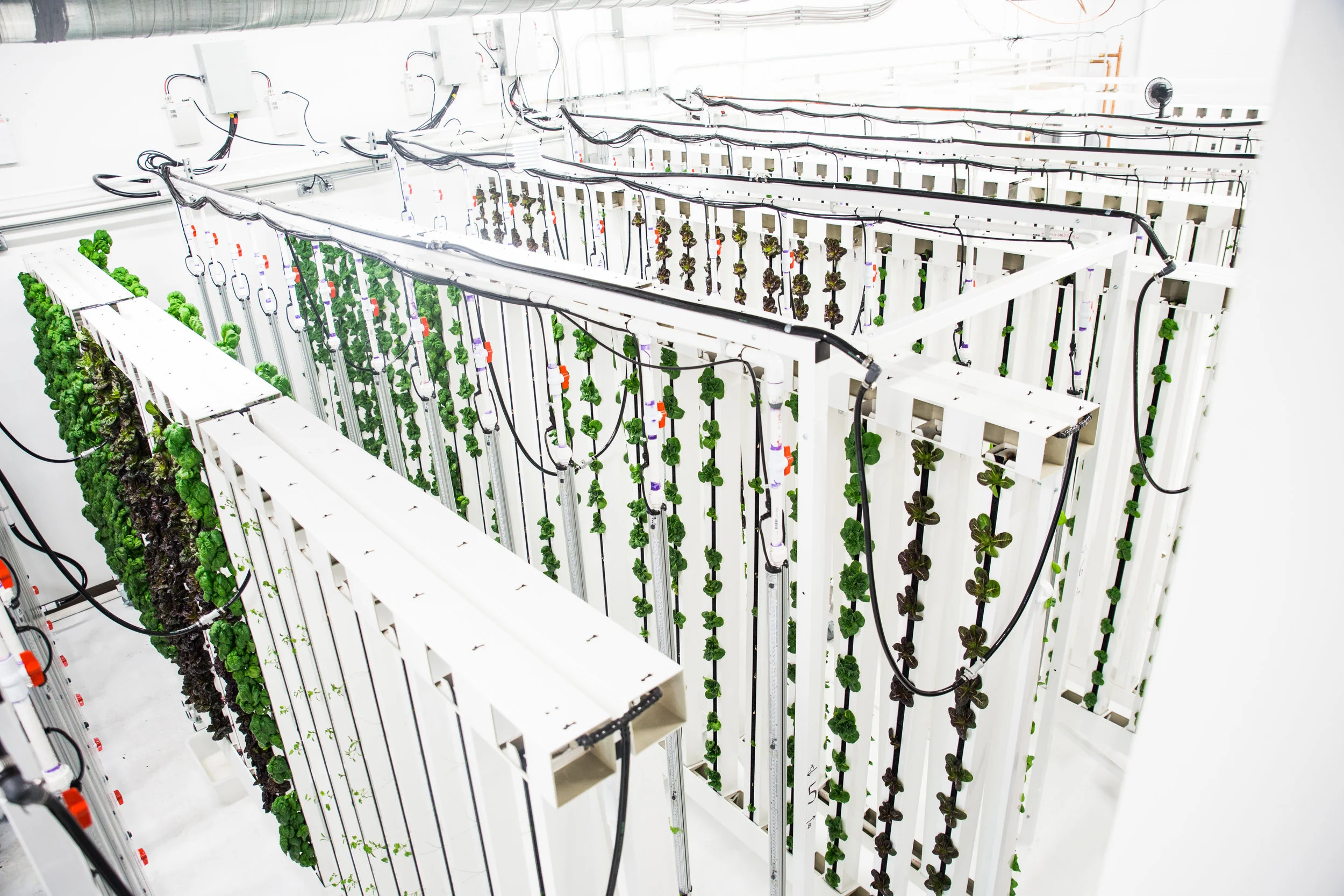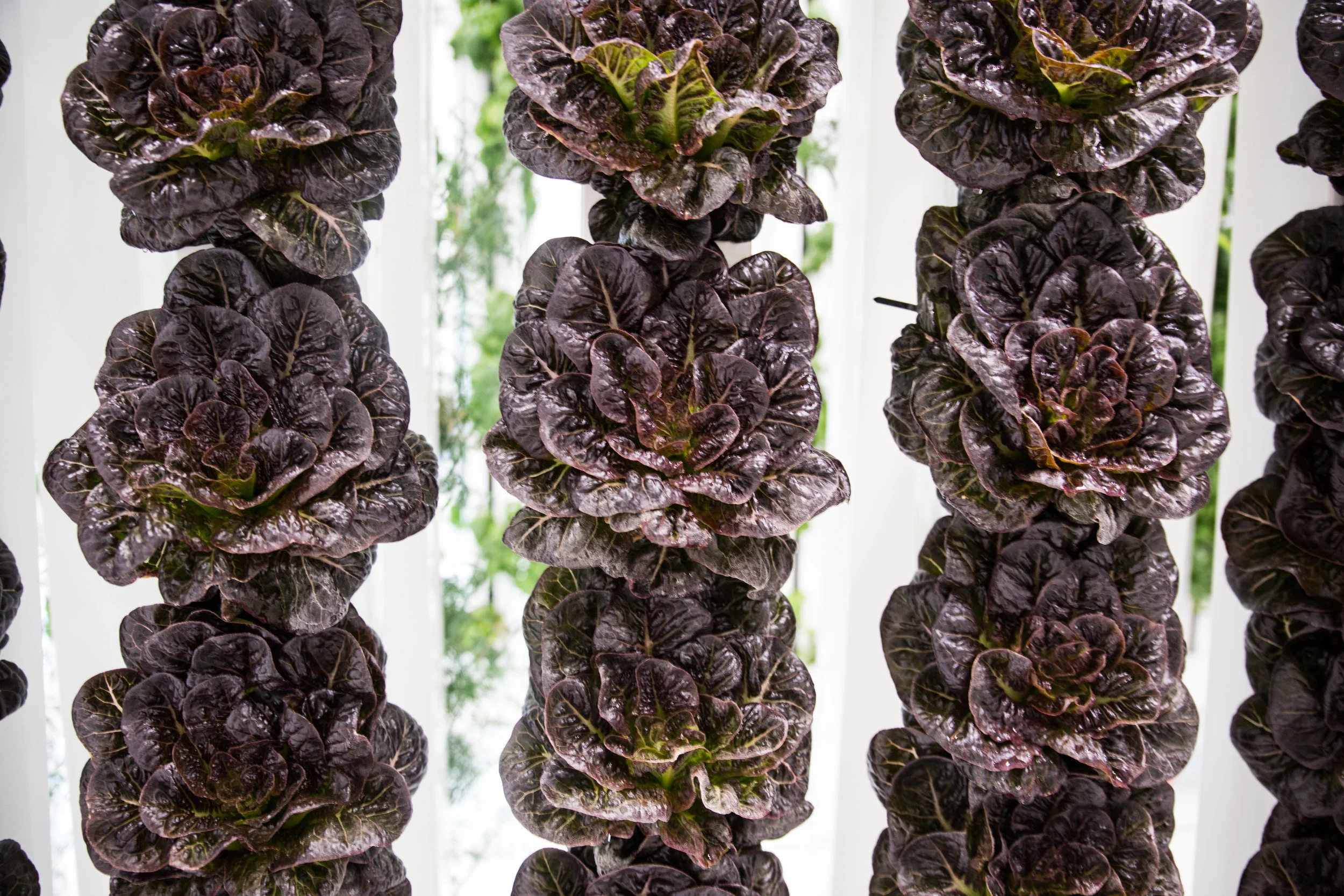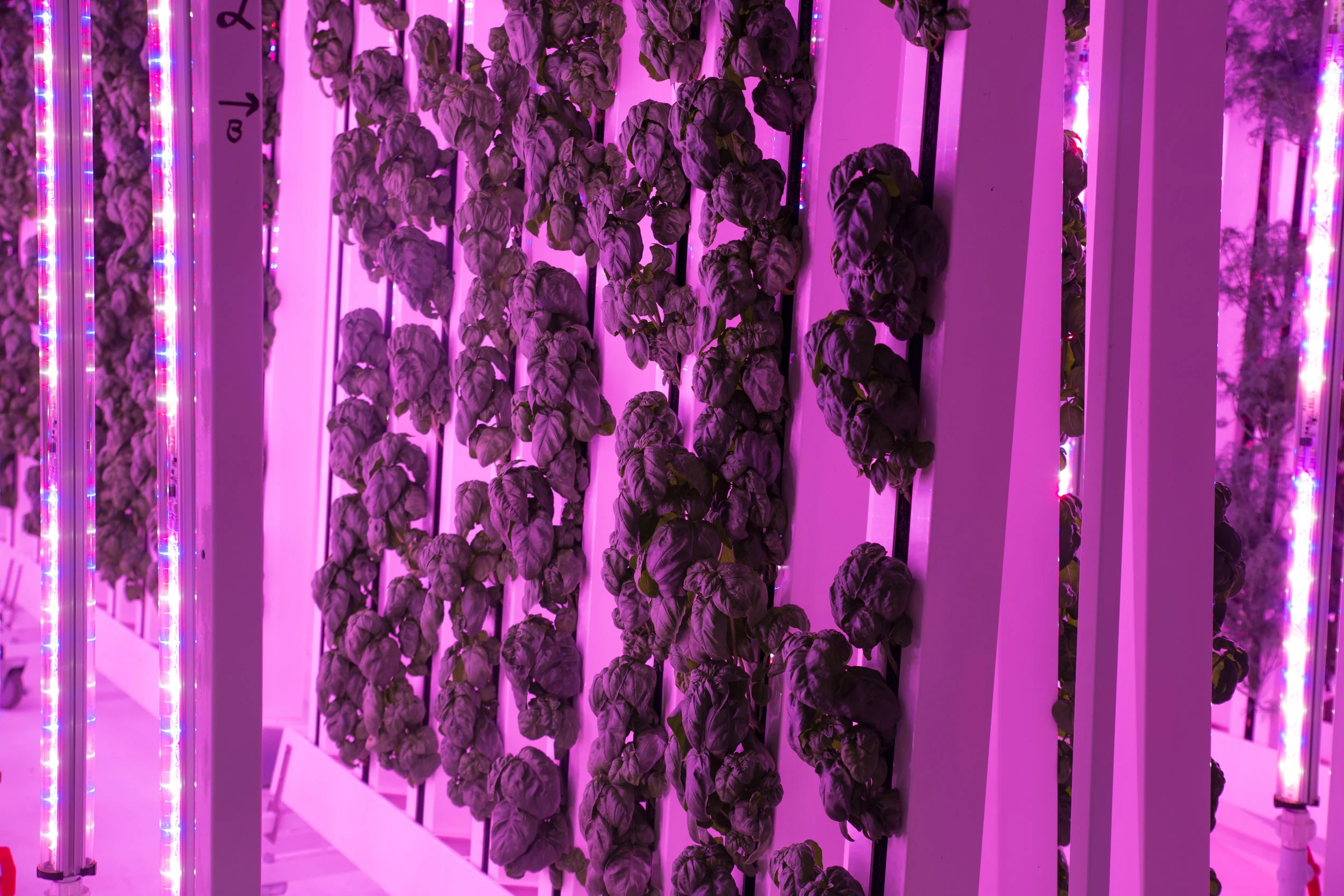A Vital Question: "What Are The Best Crops For Vertical Farming?"
Written by Chris Michael
"Vertical farming is not about how much production you can possibly cram into a space. It’s about growing better food closer to market and maximizing your production as a function of the resources you invest, such as capital, light, water, energy, and labor." - Chris Michael, Bright Agrotech
Vertical farming with ZipGrow is one of the most efficient type of growing in modern farms, but one question that people get hung up on is:
What can you actually grow on vertical planes?
It's a vital question! Anyone considering a vertical farm should be planning out their crops as part of the process. As a farmer, you have to make sure that you can actually sell what you grow and that your production costs won't be too high.
Part of that is good crop choices.
Although choosing crops should be part of a whole feasibility study for your farm, we thought a guide on some of the best vertical crops for vertical farming would be helpful to people in the middle of the planning process.
What can you grow vs. What should you grow
With the right set-up, you can grow almost anything in a vertical farm.
Just because you can, however, doesn't mean that you should. Here are several factors to choosing an appropriate crop for your vertical farm.
1) Economic viability
Even if a crop is biologically viable (you can grow it) it might not be economically viable (you can't make money on it!).
If you can't make money on a crop, there could be several reasons:
Lack of demand (no profit)
Inappropriate technique (high production costs)
Climate (high heating, cooling, light costs)
Of course, each of those factors require a little balancing to master. "High" cost is relative to the margin that you're getting on the output.
Once you understand your demand, budget, and climate requirements, there are a few other factors to consider with your crops:
2) Timing and liability
A "turn" is the time it takes from the seedling going into the system to the mature plant coming out and going to market.
Focusing on crops with really fast turns (lettuce, mustard greens, collard greens, basil, mint) allows you to minimize your liability by never being more than six weeks or so away from production.
Slow-turn crops (like herbs and fruiting crops) are typically a bit trickier but can have higher margins than greens, depending on your local markets. We typically recommend a high greens-to-herbs ratio. For example, a new farmer could start with 80% of his space planted with greens and 20% planted with herbs.
When you know what you do and don't want, you can start browsing through crop lists and seed catalogs! Here are some of ours and our farmers' favorites:
Lettuces (Romaine, Butterhead, Red Leaf, etc.)
Lettuces have fairly consistent demand across much of the world and throughout the year. There are dozens of varieties of lettuce, making it fun to grow and offer to customers. Some markets are excited to branch out and trying new varieties and crop mixes (perhaps your very own spring mix), this is where you can start building niche markets and setting yourself apart from other vendors.
Kales (Tuscan, Winterboar, and Dinosaur)
Kales are fairly easy to grow, although the crop requires extra care when harvesting if farmers are to get the highest yield. Each type of kale has its own variation on the rich taste and dark colors. Tuscan kale is one of the most popular varieties, Blue Curled kale has a very robust flavor profile and is also popular.
Chard & collard greens
Collard greens are like a thicker, deeper version of spinach. They can get quite large in the proper conditions.
The gentler version of collard greens, chard is a French green that cooks like spinach. Like kale or collard greens, chard can be harvested multiple times (taking only 30% of the plant each time) and grows back for larger yields later on.
Chives and mint
Chives and mint are some of the best crops for beginners. Although categorized with herbs, both chives and mint have a quick turn and grow densely like a grass. It is also easy to harvest.
Basil (Sweet, Lemon, Cinnamon, etc.)
Basil is possibly the most loved ZipGrow crop. It grows better in the ZipGrow Towers than any other technique in the world and – because of it’s charming aromatics and bold flavors that add to nearly any dish – creates demand almost everywhere it goes. While a bit trickier to grow, harvest, and store, many farmers include basil in their crop offering. Some farmers even specialize in the popular crop.
Small woody herbs
Small woody herbs like rosemary and it's kin, thyme and oregano, represent a rather picky group of crops. As woody herbs, they prefer "dry feet", and have a relatively slow growing cycle. Since the shrubby herbs are so potent and unique, many farmers still find the traction to sell them in their markets. These woodier crops can be less finicky, however, when it comes to harvesting and packaging, which should also be taken into consideration – especially if market demand is high.
Learn more about crops
Want to learn more about individual crops? Learn more at Upstart University:
Here’s What You Need to Know About Growing Bok Choy in Hydroponics
Best Conditions & Methods for Growing Parsley in Hydroponics
Everything You Need to Know About Growing Chard Without Soil
OR see which crops farmers like you are growing all over the world through their own pictures and posts.









